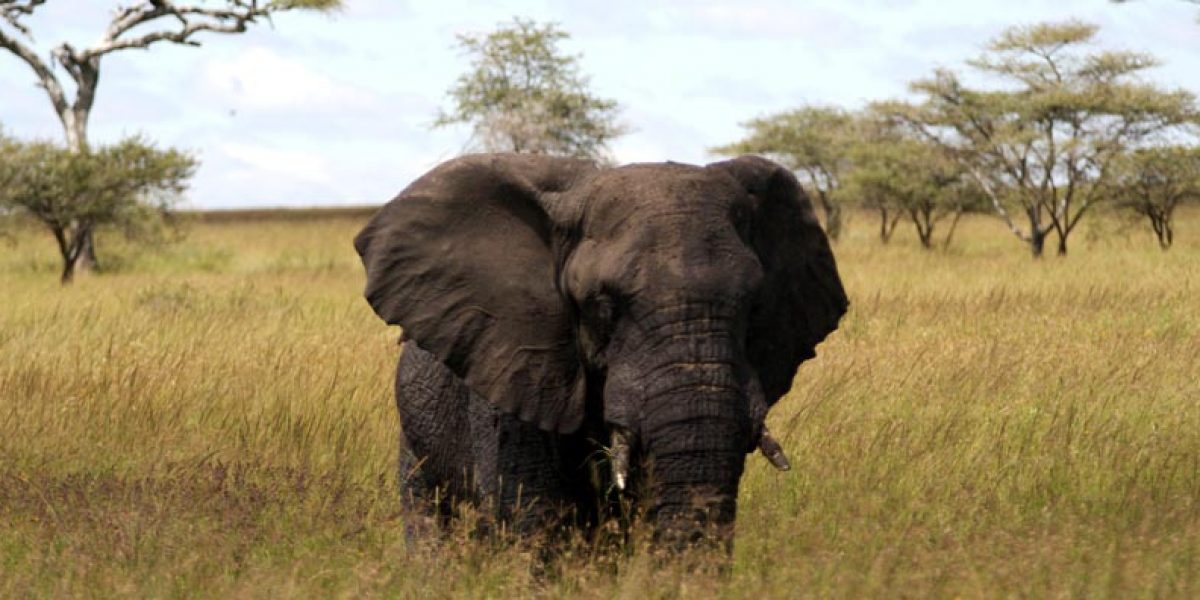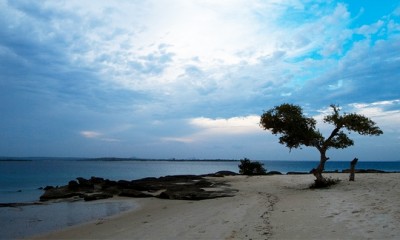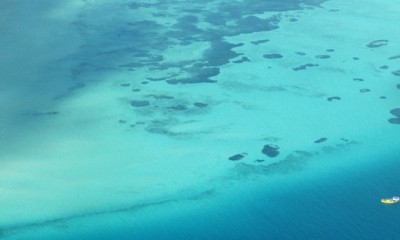CITES is an international treaty between 182 member states, whose collective job at CoP17 is essentially to decide which species of wild animals and plants should be afforded special protection in light of the scientific evidence available about their probability of survival.
Read a short SAIIA article here: ‘What is CITES and why should we care?’
A major bone of contention at this year’s CITES is the illegal trade in elephant ivory, which all countries are struggling to address.
Three southern African countries (South Africa, Namibia and Zimbabwe) are are pushing for a decision-making mechanism to allow them to trade their naturally accruing ivory from 2017 onwards. Their position stands in direct opposition to the majority of African leaders, who have recently formed an African Elephant Coalition to end the ivory trade altogether. These 29 countries are deeply worried about a steep decline in elephant numbers, with losses in West, Central and East Africa estimated at 100,000 from 2011-2013 alone.
By the end of the conference, member states will decide whether to extend the international ban on elephant ivory – that has been in place since 1990 – into domestic markets. If this motion passes, arguments for a decision-making mechanism to trade will become irrelevant. However, extending the ban alone will not be enough to secure the survival of elephants.
Recent SAIIA research, through a grant from Stop Ivory, examines different dimensions of this complex development challenge. Below is an infographic summarising some of the findings of this research.
SAIIA resources on conservation and ivory
- Paper: Values, Culture and the Ivory Trade Ban
- Paper: Ensuring Elephant Survival through Improving Community Benefits
- Paper: Re-thinking the Application of Sustainable Use Policies for African Elephants in a Changed World
- Memo: Can Multilateral Efforts Save Threatened Wildlife?
- Working paper: Speculating on an ivory fire sale: Options for Chinese authorities in implementing a domestic ivory trade ban
- Article: Does the global ivory ban respond to a largely local problem?
- Article: African countries square up for battle over future of ivory trade ban
- Article: Ivory sales by Zimbabwe and Namibia could ‘create demand spike
- Article: Why Kenya’s ivory stockpile destruction makes economic sense
- Explainer: ‘What is CITES and why should we care?’
- Policy Insight: CITES Alone Cannot Combat Illegal Wildlife Trade
- Policy Insight: Not Beating Around the Bush: Understanding China and South Africa’s Illegal Wildlife Trade
- Paper: Preserving the African Elephant for Future Generations







